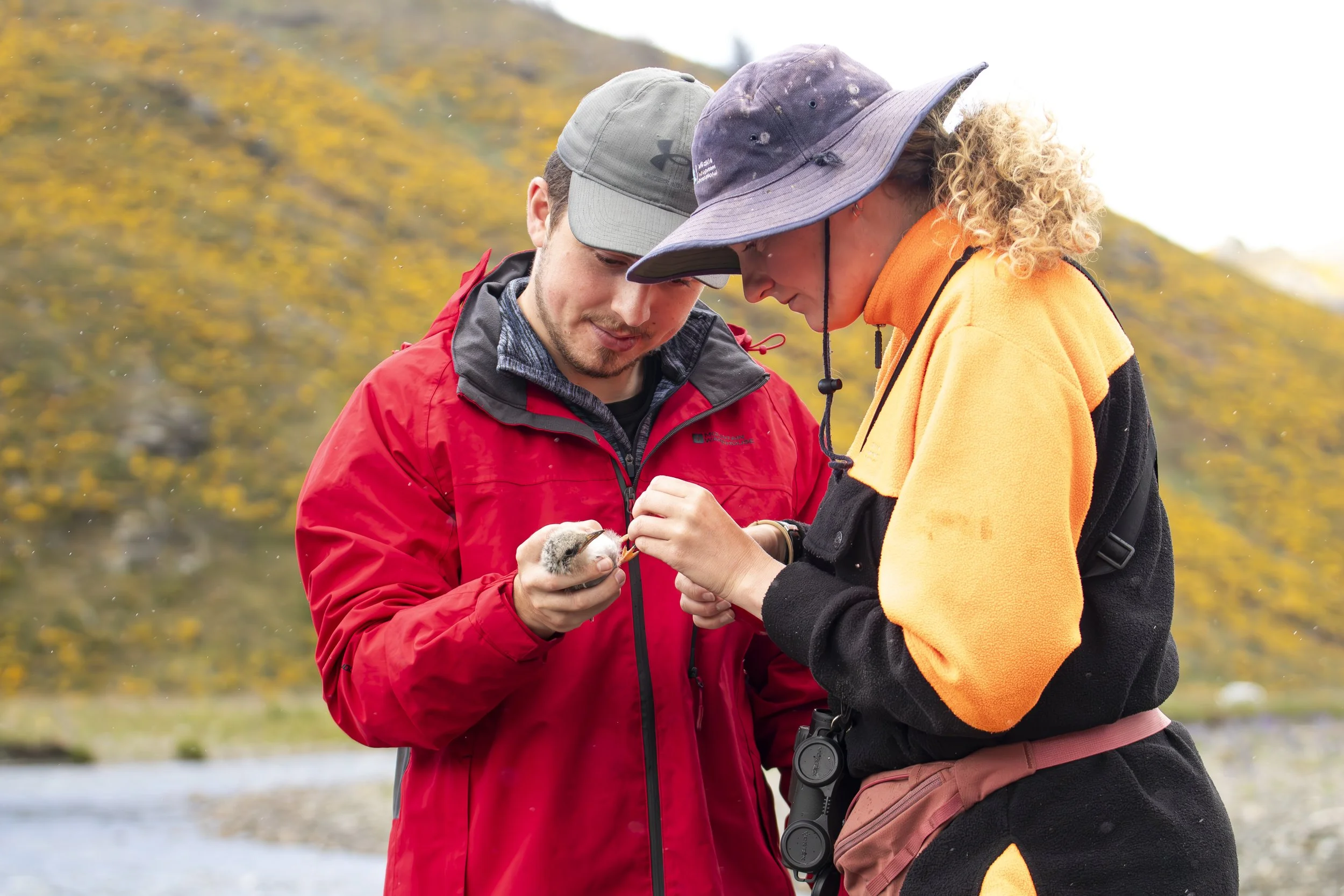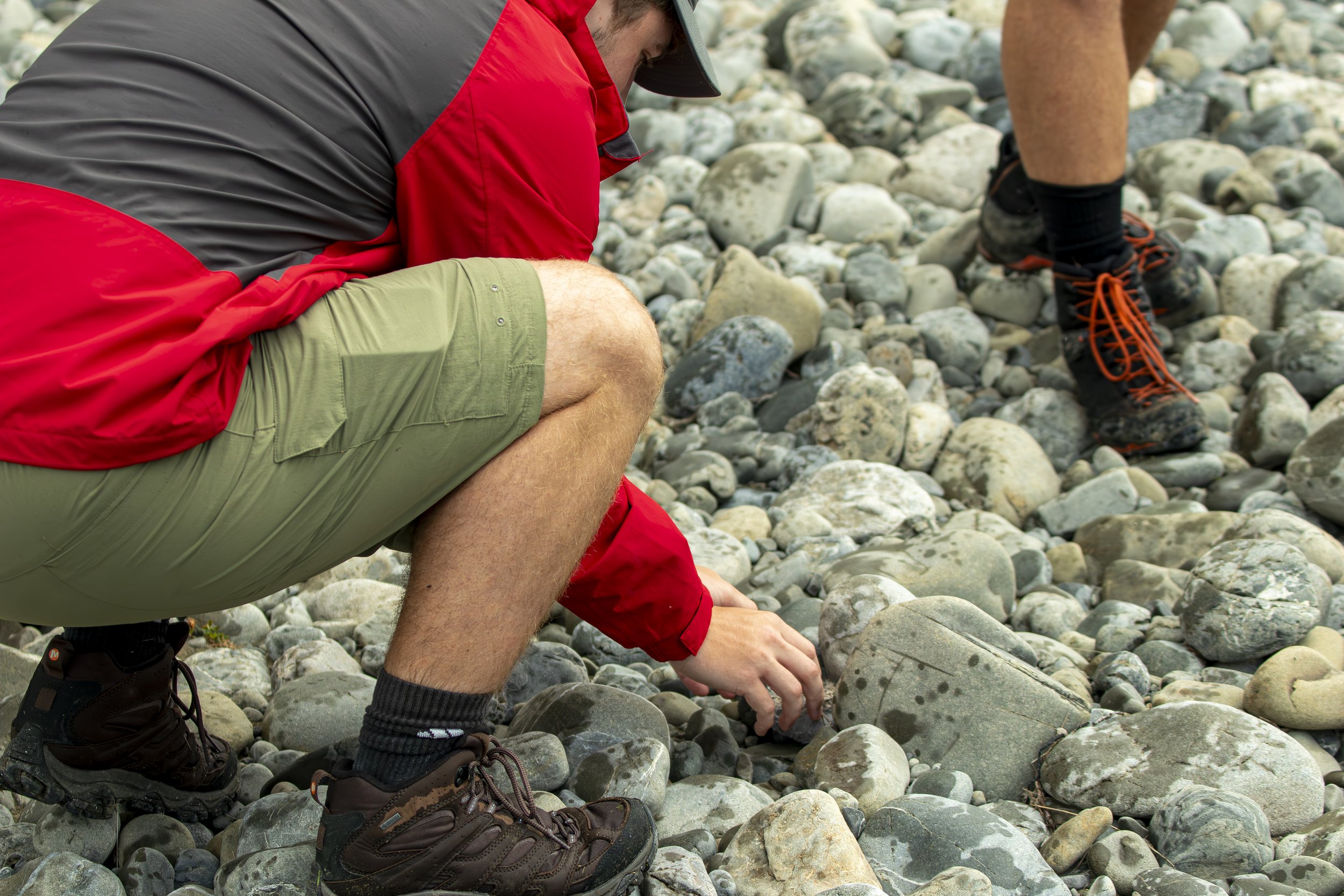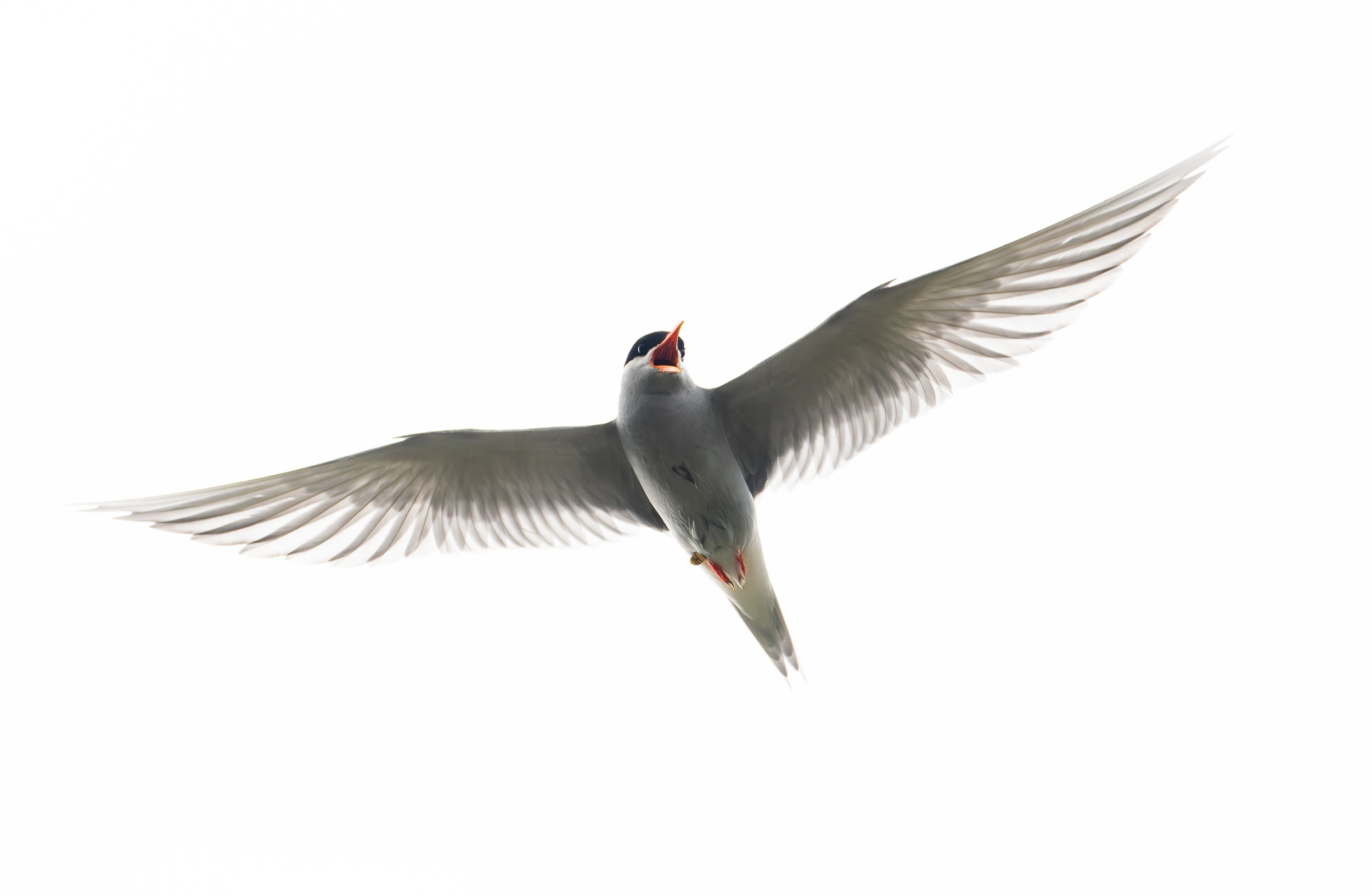Black-Fronted Tern Banding
As a wildlife photographer, one of the most important things you want to achieve is staying at a safe and respectful distance from your subject, while still getting the shot. And you most definitely don’t want to handle the animal. But when you work in conservation, sometimes this is required.
Tarapirohe (Black-Fronted Tern)
Late last year, I participated in the Waiau Tou (Clarence River) Black-Fronted Tern banding trip on the Clarence River. This trip was run by Wildlife Management International with the help from volunteers including myself. We conducted the banding project over four days, and I was present for the last two days.
To be able to handle birds in Aotearoa, you need to have a permit or work with an organisation that has permission to conduct this work. For this trip, all bird handling was conducted under current permits held by Wildlife Management International Ltd.
Banding birds is a tool used to gain more information about the life cycle, breeding systems, diet, behaviour, and movement of our bird life. We aimed to band as many black-fronted tern chicks as possible over the four-day trip, in order to monitor the health of the population along the Clarence River, and track the success of this season’s chicks.
Banding a black-fronted tern chick in the rain. Photo credit: John Dunlop
Tarapirohe, or black-fronted tern, are an endemic bird to Aotearoa and are listed as nationally endangered. They are one of the 26 native species that feed and breed on our braided rivers. These river systems are dynamic in that they are always changing, making life challenging at certain parts of the year. Excessive rainfall or snow melt can result in flooding events, wiping out colonies and destroying/altering habitat. Summer can also be a hard time, with declines in flow rates and decreased food availability. And finally, nesting and breeding on the ground leaves birds vulnerable to introduced mammalian predators such as cats, stoats, ferrets, and rats. These factors, along with human impacts like four-wheel driving, land-use change and irrigation, have led to many braided river bird populations declining and being listed as nationally endangered.
Most tern species in New Zealand are seabirds, but the Tarapirohe are the only ones that live and breed inland on our braided river systems. They sometimes visit coastal regions in autumn and winter to feed and some recent studies have found they can spend extended periods in coastal or oceanic settings, but they are predominantly inland-dwelling birds. When the breeding season arrives, groups of terns form to find a suitable nesting site. Once located, females lay 1-3 eggs in a ‘nest’ which is a small scrape on the riverbed with some small twigs. This occurs around October and parents feed their chicks for four weeks until they fledge and continue feeding for another two weeks before they are independent. They use braided rivers as they provide a wealth of different food sources and microclimates, allowing many species to take advantage of this environment, but avoid significant interspecies competition.
This is a black-fronted tern nest. Notice how few nesting materials they used and how exposed they are to predation.
Banding is easiest and safest to do before the chicks have fledged. During this period, the chicks are still on the riverbed and can be caught reasonably easily. However, their camouflage is incredibly effective against the stony substrate, making chicks very hard to locate when they freeze. Birds endemic to Aotearoa often freeze when they are faced with threats. This would usually be a good strategy, but they did not co-evolve with invasive mammalian predators like stoats and cats, making them extremely vulnerable to predation.
When we came across a colony, we needed to follow a strict procedure to ensure success. The team fanned out across the island where the colony was located. We then moved forward in an orderly line, collecting chicks, and carefully placing them into bags. One person was required to go ahead of the group, and one to stay behind to ensure no chicks ran into the river where they could potentially drown as their waterproof feathers have not fully developed yet. Once we had moved through the whole colony and collected all the chicks we could find, volunteers held the chicks safety while a qualified bander correctly fitted the band to the leg of each chick. Banded chicks were then released into a rocky crevice where there was no chance of them running into the fast-moving river.
Releasing a tarapirohe chick back into a safe, rocky crevice post-banding.
Across the four days, we successfully banded 91 chicks. This is an extremely successful result as chicks can be hard to access due to environmental conditions, and they are vigorously protected by the adults of the colony. Thankfully, we had no chicks run into the water or be harmed in the process of banding. This was due to having such an efficient team and effective communication.
We also had some other interesting discoveries. In some of the photographs I shot, we re-sighted two previously banded birds. One bird referred to as EA was banded as a chick in 2014, and our observation was the first time we had seen this bird outside of its original colony. Another bird known as JH was also banded as a chick in 2016 and has chosen to stay and breed on the Clarence River, where it was born. These sightings were real-time examples of the valuable information we can gather from banding endangered birds
Black-fronted tern adult known as JH.
Our findings convey how important banding birds can be. We can track migration patterns, age, distribution, breeding and feeding ground sites, and much more. This can provide valuable information which helps protect essential locations, and aids in introducing restrictions around vulnerable times for these birds. Examples of this include closing sections of braided rivers during the breeding season to protect ground-nesting birds.
This banding trip was extremely valuable for the tarapirohe population, but also myself. I learnt many valuable and transferable skills white meeting some awesome people along the way. I want to thank Wildlife Management International for having me along for this banding trip and the WMIL staff for being so supportive and teaching me many valuable skills.
If you want to get into or learn more about banding, check out the link below to start your career helping some of our most vulnerable bird life.












